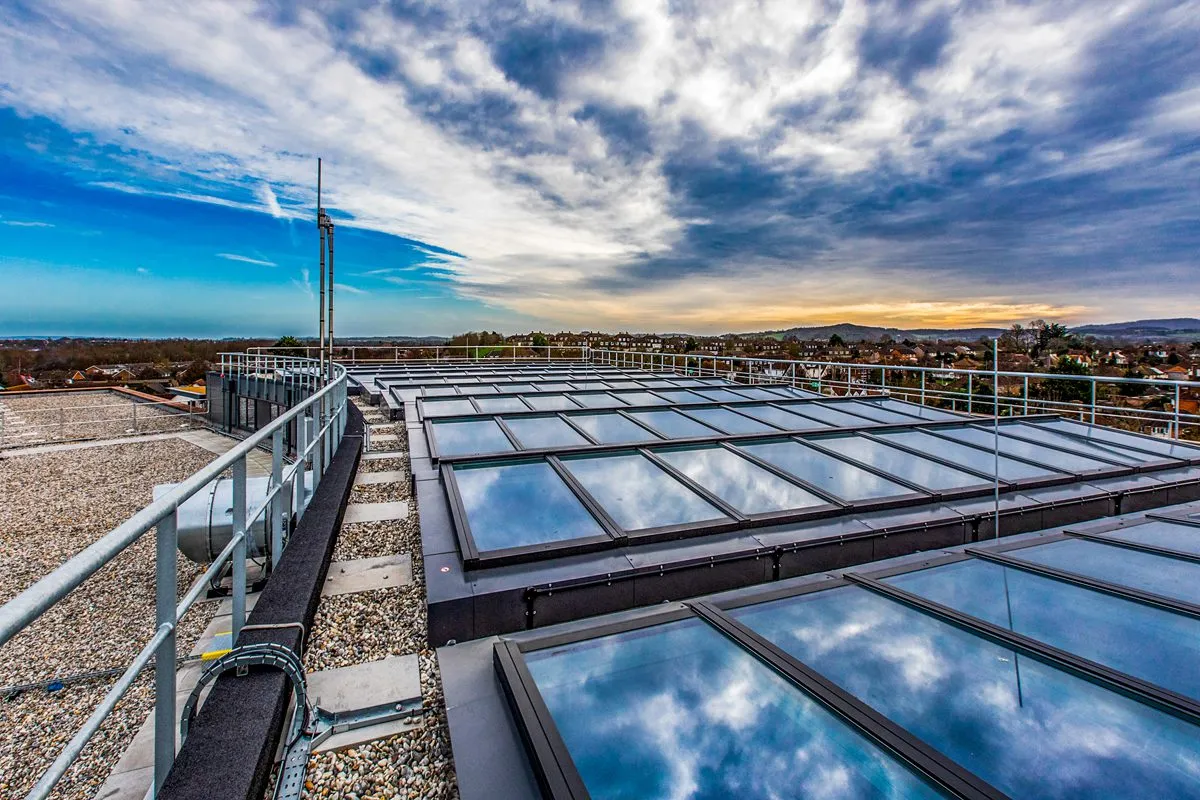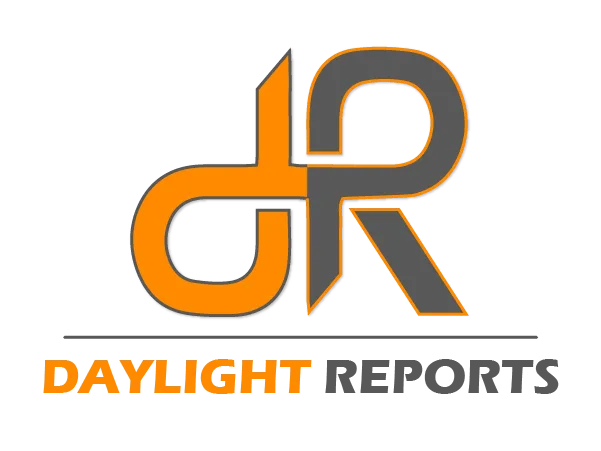Guidelines & Standards
● Building Research Establishment (BRE) Guide: The BRE provides the most widely used guidelines for daylight and sunlight assessments, outlined in the publication "Site Layout Planning for Daylight and Sunlight: A Guide to Good Practice" (often referred to as the "BRE Guide").
● British Standard BS 8206-2: This standard provides recommendations for daylighting in buildings, and it often works in tandem with the BRE guidelines.
● BS 8206-2 describes good practice in daylighting design and presents criteria intended to enhance the well-being and satisfaction of people in buildings, recognizing that the aims of good lighting go beyond achieving minimum illumination for task performance


Key Metrics
● Vertical Sky Component (VSC): Measures the amount of visible sky available at the center of a window, expressed as a percentage. A VSC of 27% is generally considered acceptable.
● Daylight Factor (DF): This metric indicates the ratio of the amount of daylight inside a room to the amount of daylight available outside. A DF of 2% is typically deemed adequate for living spaces.
● Average Daylight Factor (ADF): Often used in interior spaces, the ADF considers factors like window size, room size, and surface reflectance. Different room types have specific ADF targets (e.g., kitchens should have a minimum of 2%, living rooms 1.5%, bedrooms 1%).
● Sunlight Hours: Measures the number of hours a room receives direct sunlight during key times of the year (e.g., during the spring equinox).
Right to Light:
In the UK, the "right to light" is a legal concept, separate from planning guidelines. It provides long-standing property owners the right to maintain a certain level of natural light if they've received uninterrupted daylight for over 20 years.
Daylight Autonomy & Useful Daylight Illuminance (UDI)
These advanced metrics focus on how much time a space can rely on natural daylight alone (without artificial lighting). Daylight Autonomy (DA) measures the percentage of occupied hours when a space achieves a minimum daylight level, while UDI looks at how much daylight is "useful" versus too dim or too bright.

How is the provision of daylighting design measured?
EN 17037 sets a minimum level of performance that must be achieved for each of the four areas
EN 17037 is the first Europe-wide standard to deal exclusively with the design for, and provision of, daylight in buildings. It replaces a patchwork of standards across different European countries, or provides one where no standard previously existed.of daylighting design. This provides flexibility for architects and designers, while also making the standard useable and understandable.
Our Surveyors are ready to help you
Company Address
Amba House, 15 College Road, Harrow, England, HA1 1BA
Company registration number is 15969661
Copyright © 2024 Daylight Reports. All rights reserved
